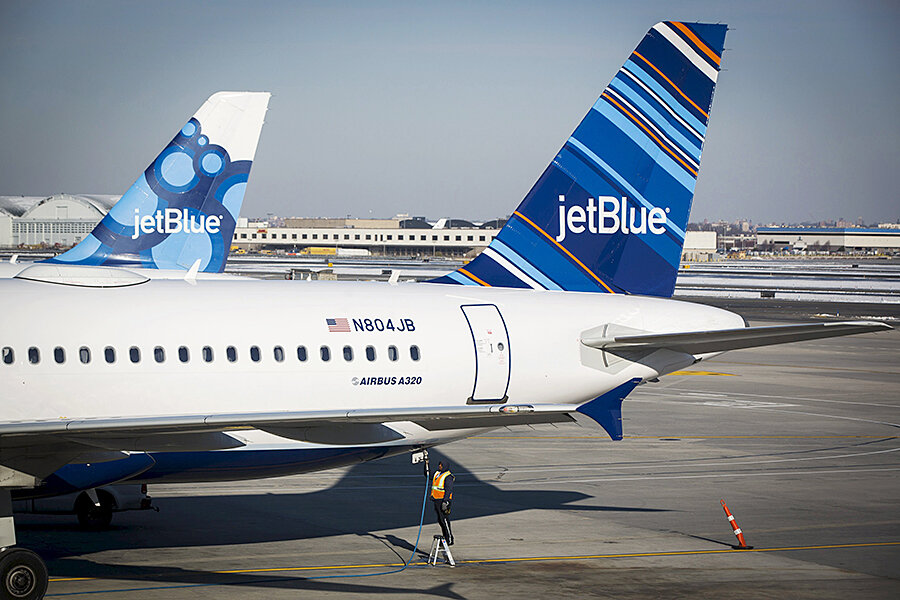US moves to regulate emissions by airliners
Loading...
| Washington
The Obama administration proposed Wednesday to regulate aircraft emissions in much the same way as power plants, saying they are a threat to human health because they contain pollutants that help cause global warming.
Using its authority under The Clean Air Act, the Environmental Protection Agency's preliminary finding of endangerment to human health clears the way for possible U.S. adoption of international emissions standards.
The International Civil Aviation Organization, or ICAO, a U.N. agency, has been working for five years on developing global aircraft emissions standards for the first time. Final agreement on those standards is expected in February of next year.
But a final U.S. decision on adoption of international standards is likely to be left to the next presidential administration. EPA officials said the earliest the agency is likely to propose adoption of ICAO standards would be in 2017.
U.S. regulations would also apply only to engines used in large planes like airliners and cargo jets, turboprop planes and some business jets, and not to smaller jet aircraft, piston-engine planes, helicopters or military aircraft.
While ICAO negotiations on the standards are still underway, the standards ultimately aren't expected to go into effect until 2020 or afterward, and possibly as late as 2025, say environmentalists following the matter.
The international standards are also not expected to apply to airliners in service today or those that might be purchased before the effective date, said Vera Pardee, an attorney with the Center for Biological Diversity. The center is one of several environmental groups that sued the EPA to force the agency to issue its finding that emissions endanger public health.
Airlines typically fly planes for 20 years or more before replacing them. That means it's likely to be decades before planes that meet the anticipated global standards are in widespread use.
Airline emissions account for about 2 percent of total annual global greenhouse gas emissions. That sounds small, but it's nearly as much as the emissions produced by Germany, the sixth-greatest greenhouse gas producing country, according to a study released last year by The International Council on Clean Transportation, an environmental group with offices in the U.S. and Germany.
Aircraft manufacturers have already made significant strides in increasing fuel efficiency. Since the early years of the jet age in the 1960s, the fuel efficiency of airliners has increased 70 percent, according to Boeing. There's plenty of incentive to be as efficient as possible: Fuel typically vies with labor as airlines' greatest expense.
The U.S. airline industry has a set a target of an average annual improvement in fuel efficiency of 1.5 percent, and so far has been successful in meeting that goal, said Nancy Young, vice president for environmental affairs at Airlines for America, trade association for major carriers.
Changes in the operating strategies of airlines in recent years have also contributed to greater efficiency. Airlines are packing more people into fewer flights.
However, global aviation emissions are rising because there is more air travel overall. U.S. airlines, which include several of the world's largest carriers, account for about 29 percent of global airline carbon emissions if both domestic and international flights are included. That's more than any other nation.
The world's two largest aircraft makers have recently introduced into service more fuel-efficient planes designed for long-distance international routes — the Boeing 787 and the Airbus A350.







